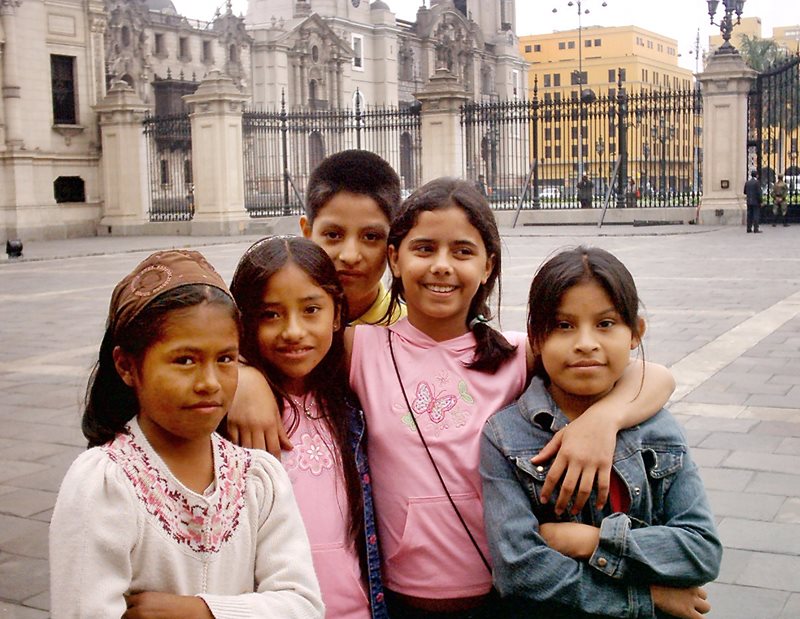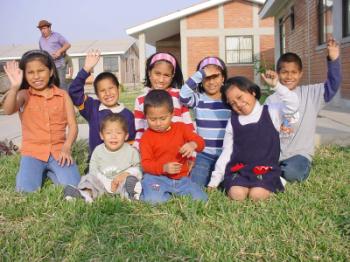Children left to fend for themselves in Peru’s largest port town

Peru remains a country of extreme contrasts, especially in and around the capital. While a small proportion of the population belong to the wealthy upper class, the majority is struggling to survive without decent housing structures, readily available health care or formal employment. Although the situation has improved over recent years, nearly 60 per cent of Peru's children continue to live in poverty. This means that millions of children are deprived of a loving, affectionate family home.
Often, parents or single mothers aren’t able to provide childcare while they are at work, and children have to learn to fend for themselves in a large industrial town that is far from safe. This can lead to children becoming entangled in criminal activities, missing out on education, or having to work themselves. Despite the Peruvian government’s efforts to eradicate the worst forms of child labour, it remains a serious problem. All over the city, children can be seen washing car windshields at traffic lights, shining shoes or selling merchandise.
Health hazards and racial prejudice endanger healthy development
Callao, located just to the west of Lima, is the largest and most important port and the second most industrialised town in Peru. The heavy shipping activities give rise to a number of environmental problems: one of the gravest is lead contamination resulting from the large mineral deposits that are exported here. Children’s developing bodies are most vulnerable to these toxins, and health care is not always available.
Historically, Callao has always been the main gateway into the country for immigrants from all over the globe. It was also in Callao that salsa music was introduced to Peru, arriving straight from the Caribbean. Unfortunately, race issues remain at the root of prejudice and social exclusion, including for the Afro-Peruvian minority in the coastal areas. Such minorities have very high school drop-out rates and urgently need support to stay in education and develop self-esteem.
What we do in Callao

SOS Children’s Villages started working in Callao in 2004 with the aim of providing support, health care and education to families and children in the area.
The SOS Social Centres in Callao offer health care and initiatives to combat malnutrition, and a day-care centre that allows single mothers to leave their children in safe hands while they are at work. The aim of all initiatives is to guarantee a holistic and sustainable approach towards family strengthening.
Development courses are also offered on the topics of self-esteem, leadership, women’s rights and gender equality, as well as reproductive health and related issues. All aspects of the SOS Family Strengthening Programme are organised and run by the community itself, with SOS Children’s Villages providing training and support. So far, nearly 700 families have already benefited from the childminding services offered, for example.
For children whose parents are no longer able to look after them, SOS Children’s Village Callao offers 12 SOS families, where up to 108 children can find a new loving home, living with their brothers and sisters and affectionately cared for by their SOS mothers.
Young people who are ready to leave their SOS family in order to go and study or receive vocational training are supported by counsellors in planning their future, learning to shoulder responsibility and building self-esteem, and increasingly making their own decisions.